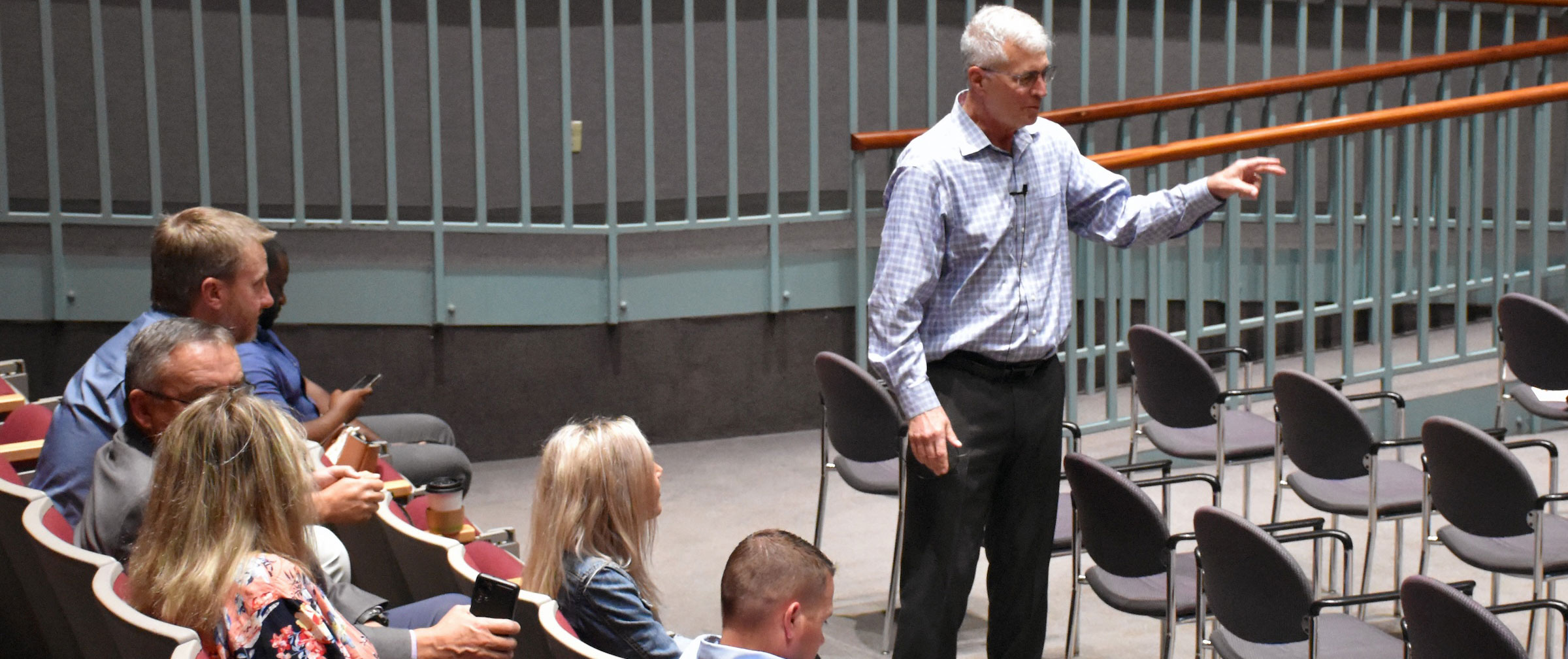The obligation to advocate the medical staff consensus
Over the years in my chief medical officer advisory program, I have frequently encountered a participant getting caught in one of the most insidious traps that a physician executive can encounter… the obligation to advocate the consensus of the medical staff.
At first this seems like a no-brainer. Of course the physician executive should advocate the views of the medical staff. After all, that executive is first and foremost a physician!! Who else is better suited to represent the physicians’ interests to the organization? Isn’t that the job of the physician executive?
But dangers can lie within:
1. The bait: Everyone loves consensus. Although easy to do, advocating the consensus opinion has its inherent dangers. First of all, as I have written previously, consensus is a political process. Consensus may not be evidentiary or scientific. It is simply the opinion of the majority of those involved. History is filled with examples of where consensus, though enthusiastically proclaimed, was simply wrong. For example, it was the consensus of Queen Isabella’s court that the earth was flat. Thus the inherent danger in advocating the consensus. Even though it appears as the expeditious thing for an executive to do, even though it may be the prevailing thinking, the consensus may not be true or even right. Simply taking a pulse on the prevailing thinking, and then advocating that position is not leading. The executive that leads by consensus is following instead of leading. But advocating the consensus is easy to do—and universally popular with the physicians at the time. It also shows them that the physician executive is true to his/her colleagues.
2. We are a product of our medical school environment: The process of medical consensus itself has its drawbacks for physicians. The model in which we all trained was the academic medical center. The management styles we experienced were rigid and authoritarian to say the least. For example, it was the responsibility of the department chair to advocate the interests of that department at all costs, even if it was to the detriment of another department (that was the other department’s problem and that’s why they had their own department chair). Global thinking was not a strong point of the prevailing academic department leadership style. Rather, strict loyalty to the department was emphasized.
In addition to evidence-based decision-making, as numerous authors have written, there was also “eminence-based” decision-making. Many times the ultimate decision was based upon the opinion of the most senior, or “eminent”, faculty member, regardless of the thoughts of the group or the weight of the evidence. Who will argue with the chair? So most medical executives did not have the ideal management experiences in training. Certainly collaborative decision-making was not emphasized in our training.
3. If I deviate from the prevailing medical opinion I will prove my dissenting colleagues right. This trap could be called the “Et tu, Brute?” phenomenon. Years ago, when I first entered medical administration I was told by numerous colleagues that I had “traded in my white coat for a turn-coat”. There has always been an element of friction between physicians and administration. So if the physician executive does NOT advocate the cause of the medical staff, there is a double-jeopardy. “I knew he was one of them!”, I overheard one of the medical staff members utter after a particularly contentious decision was made. Additionally, many of the medical staff members could be long term colleagues and personal friends of the physician executive. Therefore, there can be a huge political cost to the physician executive by siding against the wishes of the medical staff, on both a personal and professional level.
The physician executive is most comfortable in the space of the medical aspects of the decision-making process. It is easy to understand that in a difficult situation, one would naturally lean toward the side of personal comfort and experience. Fortunately, the vast majority of decisions that the physician executive makes are in concert with the prevailing medical staff opinion.
However, the real test of a true leader is the ability to make a decision that is contrary to the consensus. Indeed, those are rare, but those very decisions will test the mettle of the leader. As a physician leader, you will very likely find yourself in this position at some point in your career.
So, what should the physician executive do?
Simply put, the role of the executive is to advocate what is right for the entire organization. The successful executive, whether a physician or not, must look at the big picture and make the appropriate decision based upon the objective facts, not necessarily the prevailing thinking. A physician executive should no more necessarily advocate the physician’s point of view as a CEO with a marketing background should advocate the marketing position. Individual loyalties should not interfere with making the right decision.
A physician executive that simply parrots the prevailing medical thinking may not be providing the best leadership that he/she could offer to the organization or to the patients in the community.
The medical executive is in a more difficult situation than most leaders in the health care industry because of the dual loyalties. Simply advocating the medical opinion feels comfortable at the time, usually almost always works, but in a few cases, can turn out to be one of the biggest traps to befall that leader.
As usual, I always look forward to your thoughts.




